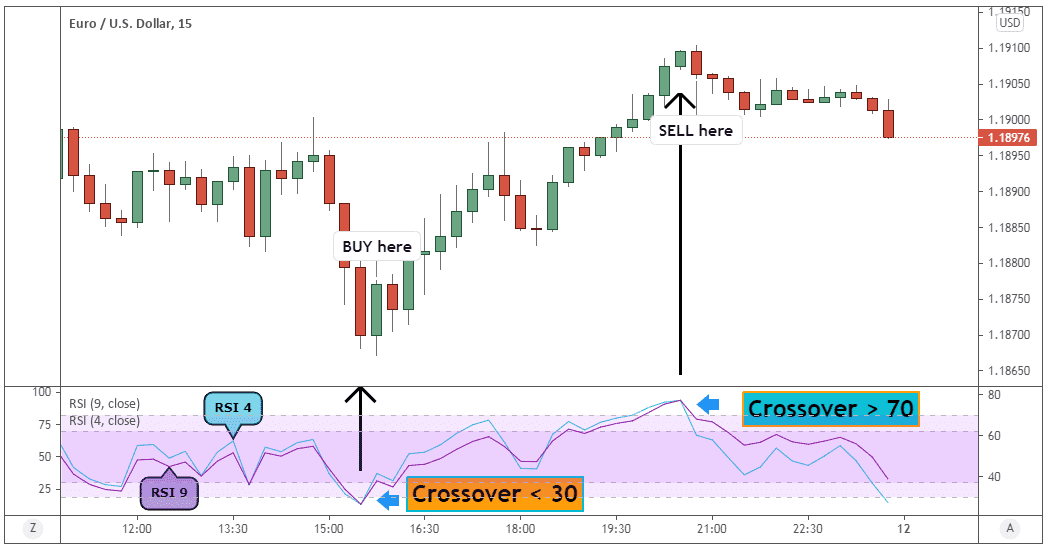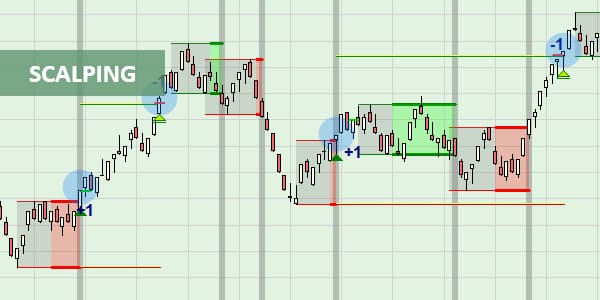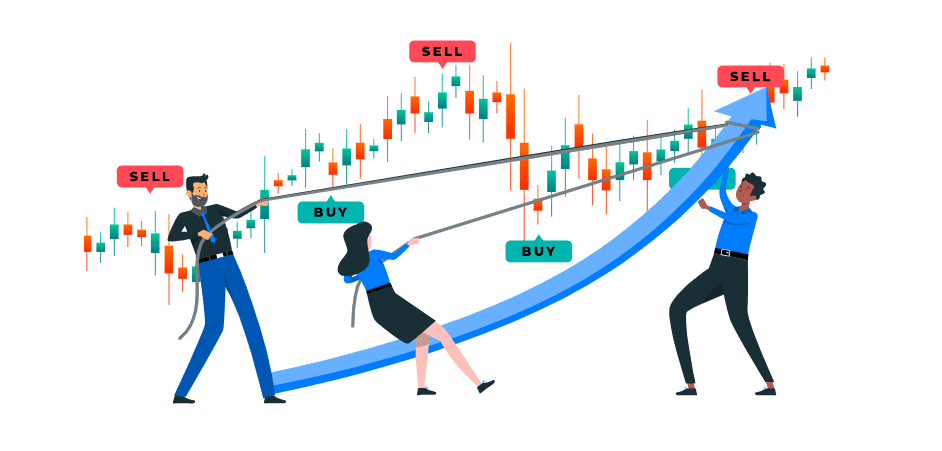Forex Trading Strategies for Maximizing Profits: Techniques for Optimizing Trade Outcomes
Forex trading, also known as foreign exchange trading or currency trading, is the decentralized global market where traders exchange currencies. It offers substantial profit potential, but success requires effective strategies. This article delves into various proven Forex trading strategies designed to maximize profits and optimize trade outcomes. From fundamental analysis to technical indicators, risk management to psychological considerations, we explore a comprehensive range of techniques that can help traders navigate the complex world of Forex trading and enhance their profitability.

Table of Contents:
- Introduction
- Understanding Forex Trading Strategies
- Fundamental Analysis Strategies
- Technical Analysis Strategies
- Risk Management Techniques
- Psychological Considerations
- Advanced Trading Strategies
- Back-testing and Demo Trading
- Combining Strategies for Optimal Results
- Case Studies: Applying Strategies in Real Trades
- Frequently Asked Questions (FAQs)
- Footnote
Introduction:
Forex trading, also known as foreign exchange trading, involves the buying and selling of currencies in the global market. Traders engage in forex trading to profit from the fluctuations in exchange rates. To succeed in this dynamic and highly liquid market, traders must adopt effective strategies that optimize trade outcomes and maximize profits. This article explores various forex trading strategies, techniques for analyzing the market, risk management practices, psychological factors, and advanced trading methods that can help traders achieve their financial goals.
Understanding Forex Trading Strategies:
Forex trading strategies are structured approaches that traders use to make informed decisions about when to enter, exit, or hold positions in the market. These strategies are essential for managing risk and increasing the probability of profitable trades. Here are some key strategies:
Fundamental Analysis Strategies:
Economic Indicators: Monitoring key economic indicators, such as GDP growth rates, inflation, and unemployment, can provide insights into a country's economic health and potential currency movements.
Interest Rates: Central banks' interest rate decisions influence currency values. Traders often analyze interest rate differentials between countries to anticipate currency strength or weakness.
Geopolitical Events: Political stability, trade agreements, and global events impact currency markets. Staying informed about these factors can help traders make informed decisions.
Technical Analysis Strategies:
1) Moving Averages: Moving averages smooth out price data over a specific period, revealing trends. Traders often use crossover strategies, where short-term and long-term moving averages intersect, to identify entry and exit points.

b) Relative Strength Index (RSI): RSI measures the magnitude of recent price changes to evaluate overbought or oversold conditions. It aids in spotting potential reversals and trend strengths.

c) Fibonacci Retracement: Fibonacci retracement levels help identify potential support and resistance levels. Traders use these levels to anticipate price movements after a significant price change.

Risk Management Techniques:
i) Position Sizing: Determining the appropriate position size relative to account balance and risk tolerance prevents excessive losses and maximizes potential gains.
ii) Stop Loss and Take Profit Orders: Setting stop loss orders limits potential losses, while take profit orders secure profits at predefined levels, ensuring trades are not left open too long.
iii) Diversification: Spreading investments across multiple currency pairs reduces risk exposure. A single losing trade won't have a disproportionate impact on the overall account.
Psychological Considerations:
a) Discipline and Patience: Emotionally driven trading decisions often lead to losses. Maintaining discipline and patience is crucial for adhering to trading plans and avoiding impulsive actions.
b) Managing Emotions: Fear and greed can cloud judgment. Developing emotional intelligence and employing relaxation techniques can help traders stay focused and composed.
Advanced Trading Strategies:
a) Scalping: Scalpers make quick trades to profit from small price movements. This strategy requires precision and quick decision-making.

b) Day Trading: Day traders open and close positions within the same trading day. They avoid holding positions overnight to mitigate overnight risks.

c) Swing Trading: Swing traders aim to capture price swings over several days. This strategy suits those who can't monitor markets constantly.

Back-testing and Demo Trading:
Before implementing a strategy, traders should back-test it using historical data to evaluate its performance. Demo trading with virtual funds also allows traders to practice strategies without risking real money.
Combining Strategies for Optimal Results:
By combining fundamental and technical analyses, traders can validate trade ideas and make well-informed decisions. Utilizing risk management practices and understanding psychological factors further enhances the likelihood of success.
Case Studies: Applying Strategies in Real Trades:
Examining real-world examples demonstrates how traders employ various strategies in actual Forex trades. These case studies illustrate the decision-making process, risk management implementation, and outcomes.
Frequently Asked Questions (FAQs):
Q1: Is Forex trading risky?
A: Yes, Forex trading involves substantial risk due to the volatile nature of currency markets. Traders can mitigate risk through proper education, strategy implementation, and risk management techniques.
Q2: Can I trade Forex with a small account?
A: Yes, Forex trading is accessible to traders with small accounts. However, effective risk management is even more crucial with limited capital.
Q3: How do I choose a trading strategy?
A: Select a strategy that aligns with your trading style, risk tolerance, and goals. Consider experimenting with different strategies in a demo account before trading live.
Q4: How much time do I need to dedicate to Forex trading?
A: The time commitment varies. Some traders prefer day trading, while others opt for swing or position trading. Choose a style that suits your availability and preferences.
Q5: Can automated trading systems be profitable?
A: Yes, automated trading systems can be profitable if properly designed and tested. However, regular monitoring and adjustments are necessary to adapt to changing market conditions.
Q6: What are some advanced trading strategies?
A: Advanced strategies include scalping (quick trades), day trading (intraday trading), and swing trading (holding positions over several days).
Q7: What is back-testing?
A: Back-testing involves testing a trading strategy using historical data to evaluate its performance and effectiveness.
Q8: Why is demo trading recommended?
A: Demo trading allows traders to practice strategies in a risk-free environment before using real funds, helping them refine their skills.
Footnote:
Forex trading offers immense profit potential, but success hinges on employing effective strategies. By mastering fundamental and technical analysis, implementing sound risk management, and cultivating psychological resilience, traders can optimize trade outcomes and increase their likelihood of profitable trading ventures in the dynamic world of Forex. Remember, continuous learning and adaptation are essential for long-term success in this challenging but rewarding market.











Discussion